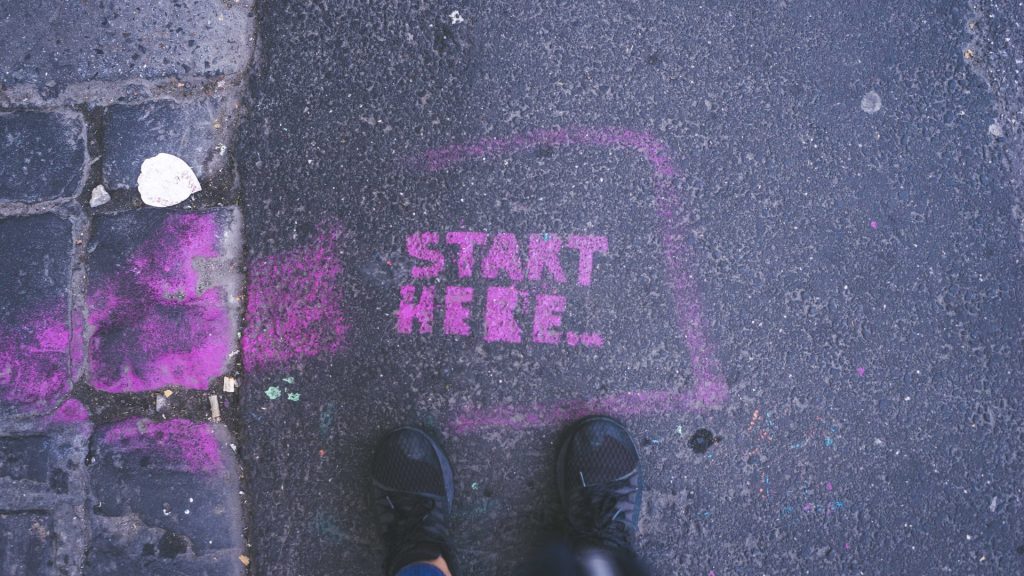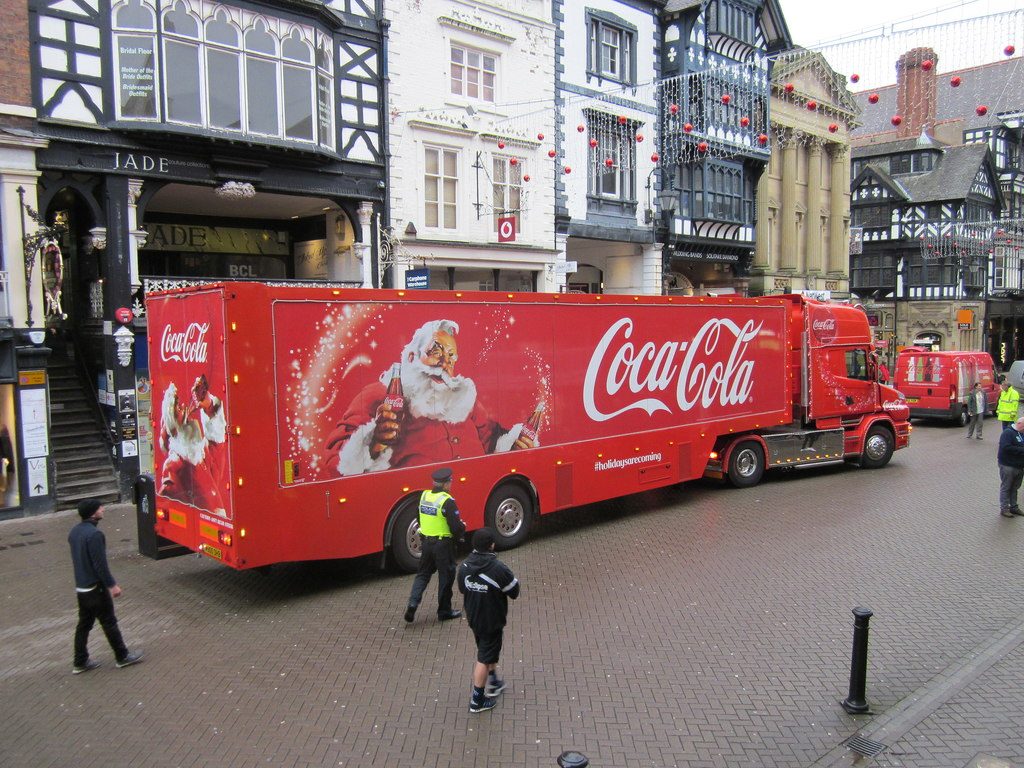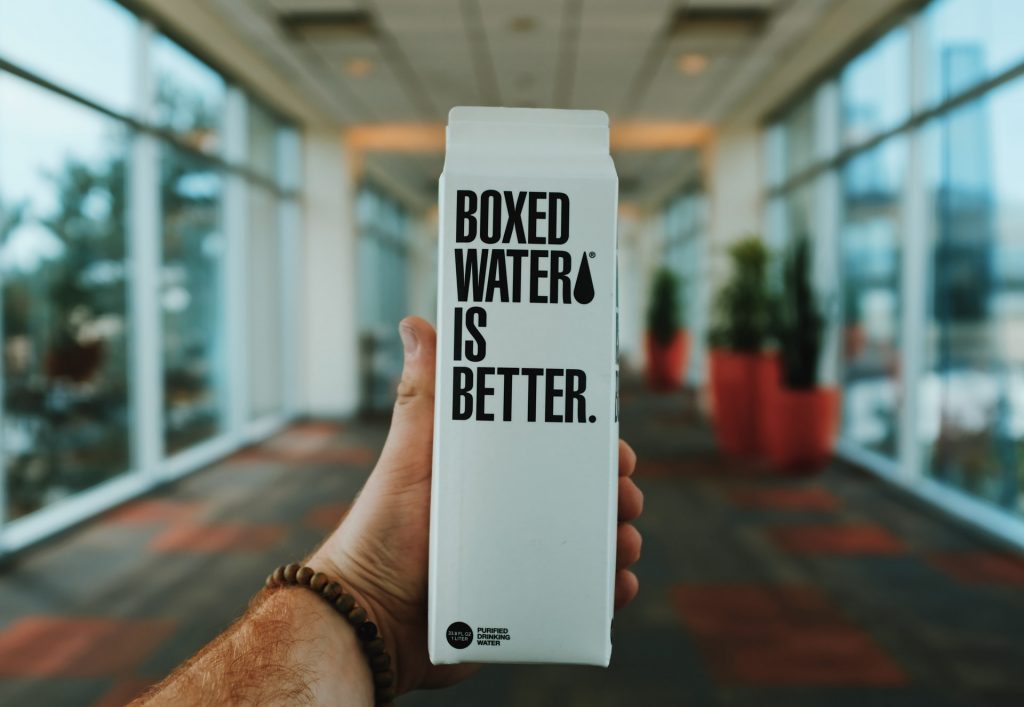The WHAT
Before we dive deep into brand identity, let’s get our definitions straight. Brand identity does not equal brand. It is important to not confuse the two.
As David Ogilvy defined it, the brand is “the intangible sum of a product’s attributes: its name, packaging, and price, its history, its reputation, and the way it’s advertised.” Brand identity, on the other hand, is how the consumers perceive the personality of the company and its products or services.

Elements of branding include:
- Company and/or product name
- Company logo and product packaging
- Corporate color palette and a visual style guide
- Website and corporate social profile design
Elements of brand identity include:
- Voice of the brand
- Look, feel, and aesthetic vibe of the brand
- Core brand values
- Brand personality traits
A crucial part for your business success and brand identity is the outcome of your branding efforts.
The WHY
A reliable brand identity becomes a strong competitive advantage that will have a tangible impact on attracting new customers and retaining existing ones. Why? Because brand identity evokes emotions. When customers feel good about the brand, they’ll develop positive associations and will naturally be more engaged and loyal.
Consider these statistics:
- When individuals have a positive emotional association with a specific brand, they are 8.4 times more likely to trust the company, 7.1 times more likely to purchase more and 6.6 times more likely to forgive a company’s mistake.
- Ads with an above average emotional response from consumers caused a 23% increase in sales compared to average advertisements.
The WHEN
In the article where we explored the seven stages of brand recognition, we talked about the importance of building brand awareness once your company has seen its first customer successes. If you want people to start remembering you, buy from you, or work with you – it’s time for you to focus on strategically building your brand identity.
Now, let’s pause for a moment and think about… Coca-Cola. What immediately comes in mind? Chances are, you thought something like “joy”, “festive”, “happiness”, or even “Christmas”. Coca-Cola is recognizable for its festive marketing campaigns and packaging, featuring holiday characters like Santa Claus and Coca-Cola polar bears. Their brand identity is so powerful because of the consistent storytelling and focus on the kind of lifestyle they want their brand to be associated with.

The company wants their product and brand to be something people feel good about, so in addition to the traditional marketing and advertising campaigns, they also do not shy away from having a stand on important causes. Here’s what they do instead:
- They have set up their “world without waste” goals and publicly track progress.
- They prioritize their initiatives for racial equity in the US to take action both within the company and in their community
- They have suspended their business in Russia in response to the tragic events in Ukraine
One lesson to learn from them is consistency. Brand identity success is not a one-and-done thing, it requires ongoing attention.
The HOW
One of the most important things you need to make well-informed decisions about building your brand identity is, well, data. Since brand identity is about your customers’ awareness and perceptions, you will need to conduct market research.
Identify a set of customers you’ll be able to talk to in person. When talking to your existing customers, consider including the following questions:
- When you hear our business’s name, what main idea comes to mind?
- What do we do that makes us stand out from other players in the market?
- What qualities do you want or need the most from a company or product like ours?
- Compared with other options in the market, where do we rank in terms of these qualities?
- Who is the market leader with respect to [product name], and why?
- Is there a need that we could focus on but haven’t?
Additionally, reach out to a wider audience by conducting periodic surveys. These can help to keep a finger on the pulse of your target audience preferences and perceptions.

Looking to get started? Check out our popular Brand Awareness Survey Template. It includes 16 questions that will take just about 5 minutes for your audience to complete. It’ll help you measure your target market’s awareness and capture key insights on how consumers view your brand and how you can improve its positioning and perception among target audiences.
Don’t have a survey solution yet? Explore Sogolytics! We have a great, easy-to use platform and you can get a jump start by using one of our free pre-built survey templates.






